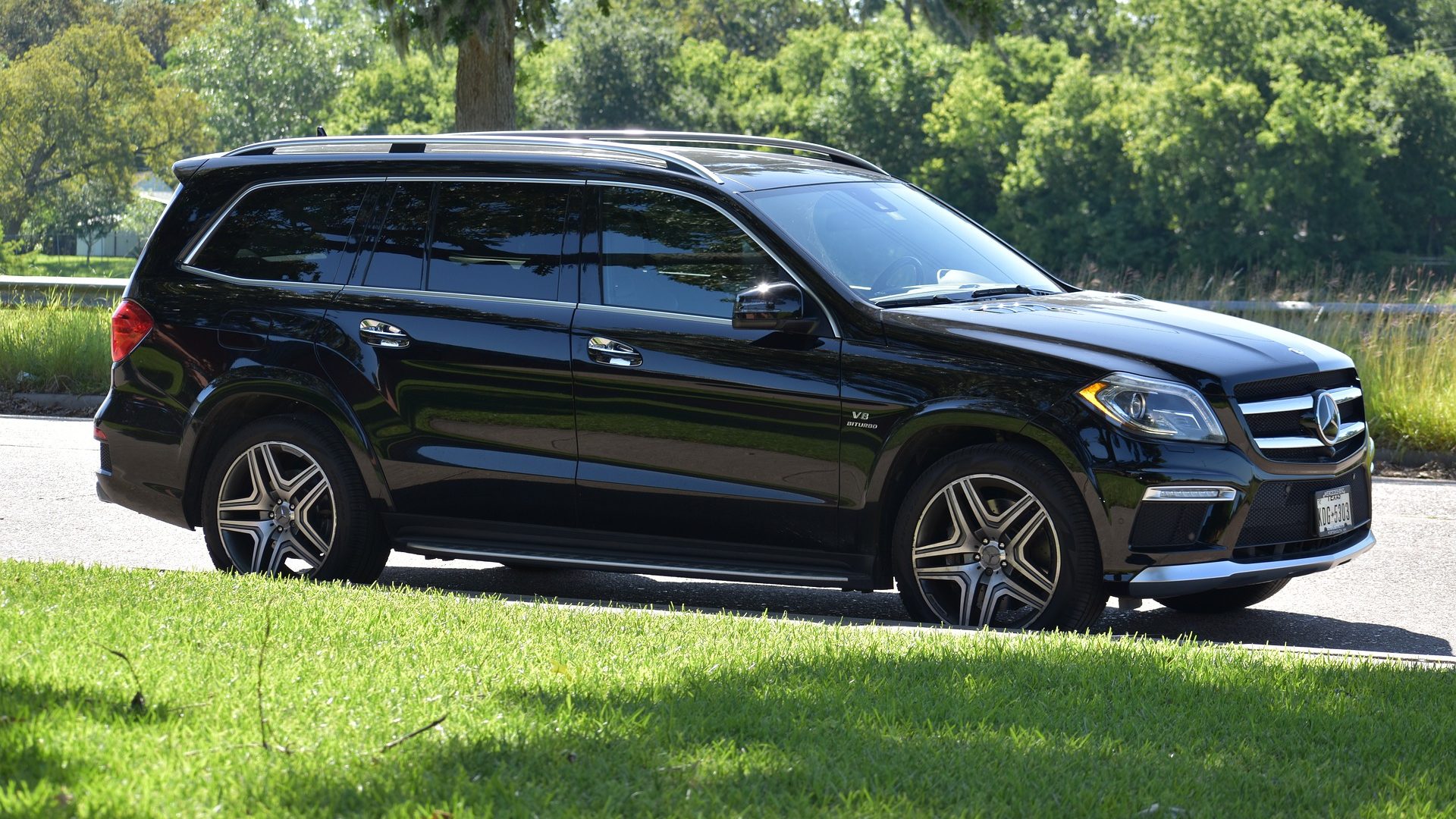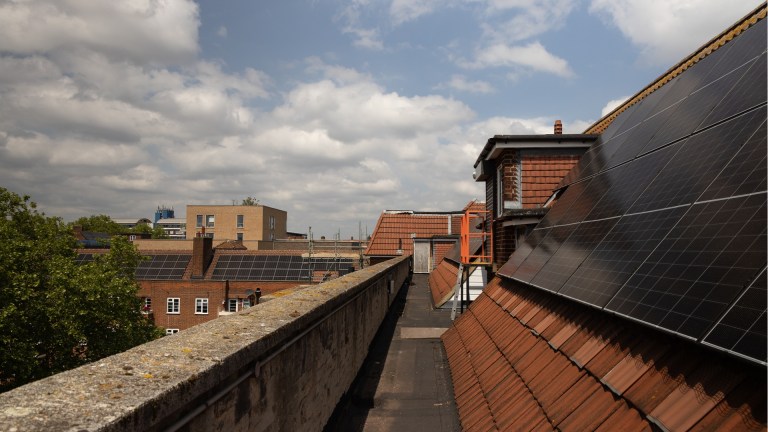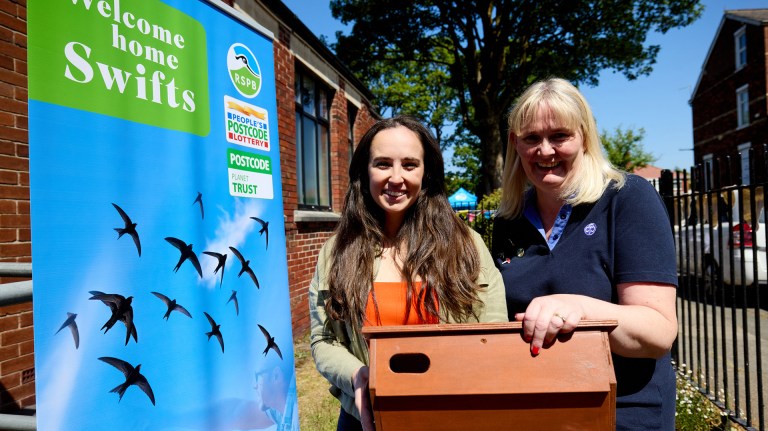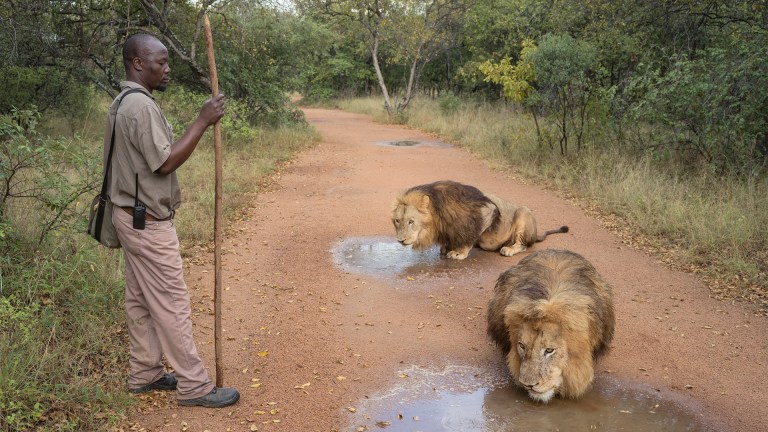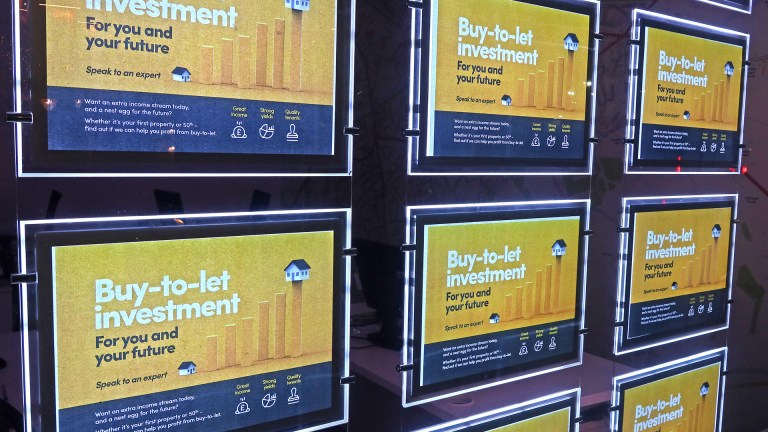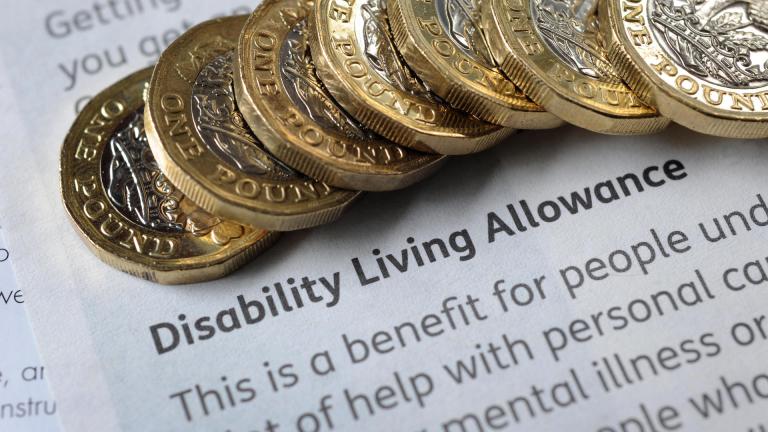The Range Rover, a vehicle that was introduced in 1970 and remains popular today, was perhaps the true original SUV. It combined the features of a luxury saloon car with the ability to effectively drive on rough terrain off-road. The Range Rover spawned hundreds of vehicles in a similar style, and it wasn’t long before every manufacturer was making SUVs, even those known for sports cars, such as Porsche and Lamborghini.
So why do people love them?
Within the same approximate footprint as a regular car, SUVs offer more space for passengers and luggage – useful since evolution means humans are getting larger. The flip side of this is that all cars – even minis – are getting bigger too, so you wouldn’t necessarily need an SUV if you want more space.
Many drivers also report that they like the higher driving position and off-road ability. That said, many crossover vehicles do not have four-wheel drive, so they are no better than any other car in this respect.
The problems
We urgently need to reduce the greenhouse emissions from road transport. The good news is that key markets like Europe are actually doing well in setting targets to reduce tailpipe emissions, and in many cases, hitting them early. However, SUVs could start to reverse this trend.
1. More material First, since SUVs are larger, they use more materials in their production than the car they are based on. A Volkswagen Golf, for instance, weighs around 1,330kg, while the Tiguan, a Golf-based SUV, is 1,534kg. That extra 200kg of metal, plastic and rubber – the weight of several people – all uses more raw materials and more energy to be produced.
2. Worse fuel economy The extra weight also means they don’t achieve the same fuel economy as a normal car, because the engine has to work harder to get the car moving. SUVs also tend to be further off the ground (a higher “ride height”). That makes them less aerodynamic and means worse fuel economy when travelling at speed.
3. Risk of rolling The fact the mass of the vehicle is higher off the ground also gives SUVs a higher centre of gravity, which increases the risk of a roll-over in an accident. A study in the US showed that SUVs have an 11 times higher risk of rolling over in an accident and children in vehicles that roll-over have a two times higher risk of dying in that accident.
4. Pedestrians in peril Back to the weight. Many owners may assume that the larger SUV is safer, yet US vehicle safety agency NHTSA observed that decreasing the weight of SUVs would reduce the seriousness of accidents by between 0.3% and 1.3%. This is a more difficult thing to quantify than the effect on fuel economy, and conversely crash safety equipment usually adds weight too, but drivers should not assume an SUV is safer by virtue of its increased weight.
Blindspots and high bonnets make SUVs particularly dangerous for pedestrians. Indeed, a recent study in the journal Economics of Transportation concluded that replacing the US’s growth in SUVs with regular cars over the past two decades “would have averted 1,100 pedestrian deaths”. The author also found “no evidence that the shift towards larger vehicles improved aggregate motorist safety”. Another smaller study in the US in 2020 showed that SUVs cause more serious injuries and deaths when they strike pedestrians, especially over 20mph.
Tom Stacey, senior lecturer in operations and supply chain management, Anglia Ruskin University
This article is republished from The Conversation under a Creative Commons license. Read the original article.
Tom Stacey, Anglia Ruskin University
